McKnight Senior Living Kim Bonvissuto
Don’t leave seniors behind.
That’s the message the senior living industry is putting out as Congress ramps up discussions about the Biden administration’s American Jobs Plan and newly introduced American Families Plan.
During a Wednesday Argentum Advocates virtual policy briefing with members, Argentum outlined its efforts to propose the SENIOR (Safeguarding Elderly Needs for Infrastructure and Occupational Resources) Act. The SENIOR Act aims to address immediate COVID-19-related challenges and plan for future long-term care needs.
Specifically, the SENIOR Act would establish a senior housing and sustainment relief fund to ensure that the nation can meet the housing and long-term care needs of its rapidly aging population. The act would allocate resources for infection control, including air filtration and purification systems, upgraded HVAC units, touchless fixtures and common area renovations; improved technology connectivity and access; sustainable funding; and a long-term care workforce development pilot program.
“Our message is, the need for investment in infrastructure for seniors is rapidly growing as our nation ages,” said Kyle Loeber, Argentum’s public policy manager. Argentum, he added, is building a coalition with other senior living associations and relevant industries to advocate for long-term care infrastructure.
Argentum also is asserting that assisted living falls under home- and community-based services, not institutional care. The Biden administration’s American Jobs Plan includes $400 billion for expanding access to quality, affordable HCBS for older adults and people with disabilities. Some assisted living providers, through waivers, already offer HCBS to residents who are Medicaid beneficiaries.
Paul Williams, Argentum’s vice president of government relations, said that conversations are taking place with the understanding that there is a desire among lawmakers to keep people as close to home as possible. But Williams said there are situations where older adults are going to need services that can only be delivered in assisted living or other types of care settings, which then are considered the residents’ homes.
“We are walking a fine line,” Loeber said.
Williams said the plan addresses many of the needs to keep senior living affordable and a viable option for older adults, offering them choice and relieving an overburdened, public-financed care system.
Provider relief
Maggie Elehwany, Argentum’s vice president of public affairs, said that the association will meet with Health Resources and Services Administration representatives today to review outstanding Provider Relief Fund payments for senior living providers as well as future disbursements. The focus of the meeting will be on equity, as well as the creation of an appeals process to create a transparent and expedited process on claims, she said.
The fund has a $24 billion balance, but many senior living providers still have not received Phase 2 and 3 allocations. And providers who were denied funding have no recourse.
“On top of the overall insufficient relief so far apportioned to them, we are also going to directly engage with them on the current backlog of individuals applying for those funds,” Elehwany said. “Caregivers are hurting out there and still waiting for relief.”
Williams said that Argentum is advocating for a Phase 4 allocation to address assisted living’s losses and expenses for the second half of 2020 and the first quarter of 2021. Argentum is arguing that senior living has received only a small amount of funding for the number of older adults it cares for compared with other long-term healthcare settings.
American Seniors Housing Association representatives met with HRSA officials earlier this week to similarly seek additional funding for senior living operators.
American Families Plan
On Wednesday, President Biden announced the American Families Plan, which he called an investment in children and families. LeadingAge said the plan includes several important elements that support the healthcare workforce.
The American Families Plan proposes education benefits designed to remove barriers to training, with two years of free community college and $2 billion to build a pipeline of skilled healthcare workers by boosting education and training among communities of color, a large part of the care provider workforce.
The plan also proposes child care support and paid family leave to help caregivers balance family and work responsibilities. LeadingAge said the plan also includes several provisions that could be adjusted to help professional and family caregivers of older adults, including benefits supporting care workers and an extension of the dependent care tax credit.
“The hard truth is that America doesn’t have the aging services infrastructure we need to support older Americans right now, and it is imperative that we have a system that will support us all as we age,” LeadingAge President and CEO Katie Smith Sloan said. “The critical conversation — about what it means to grow older in America — has finally begun. Now it’s time for Congress and the administration to act to ensure we build a strong workforce to support our aging population and ensure all older Americans can get the supports and quality care each of us needs.”


 Mailing List
Mailing List